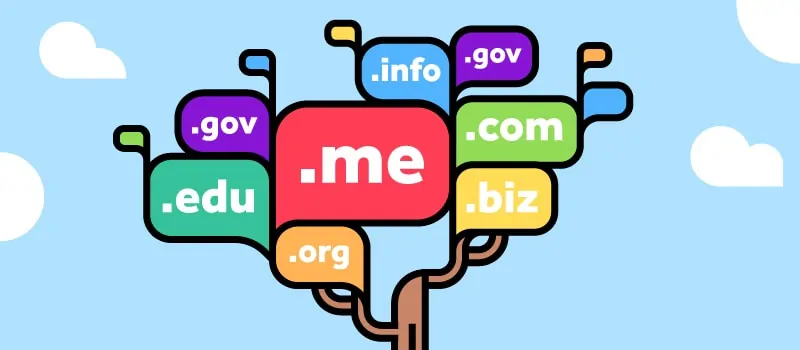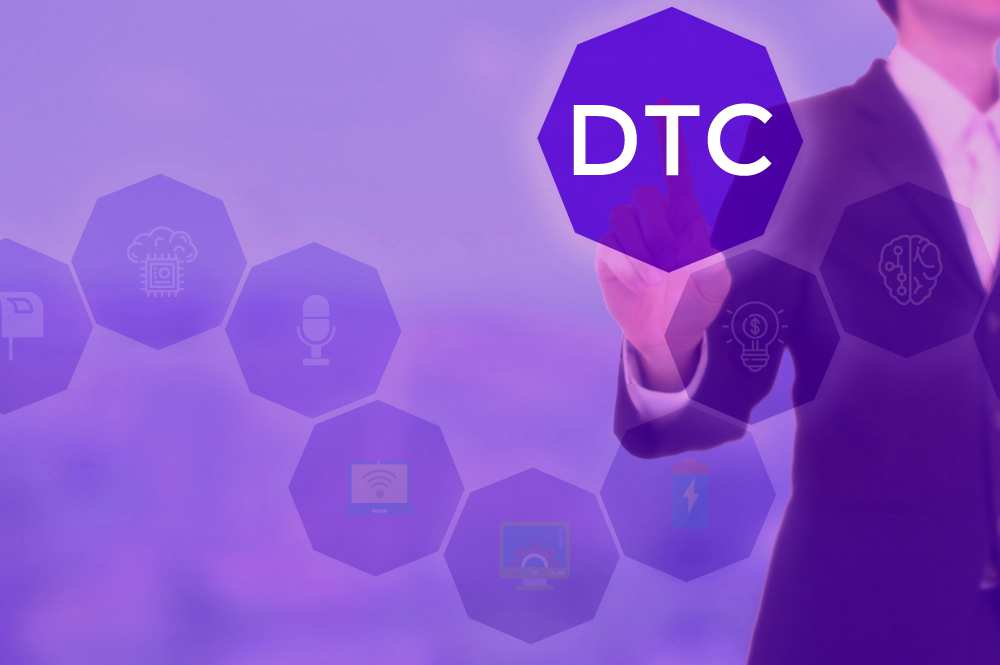gTLDs Gone Wild - Site Names in the Age of .Unicorns and .Ninjas and What it Means for Businesses

:: By Kathy Brahm, DreamHost ::
What's in a domain name? Would flowers from FloristRoses.com smell as sweet if the site were called Roses.florist?
As ICANN continues the release hundreds of new generic top-level domains (gTLDs) and reviews applications for thousands more, the possibilities for new domain names have been thrown wide open. But how will individuals and businesses react and choose names in this zany and chaotic Wild West that ICANN has wrought? How should they? Ready for your once prim-and-proper Internet to descend into anything-ges bacchanalia?
Domains are just going to start ending every kind of way. As an individual you can already register personal domains like JohnSmith.guru or .ninja, with no one even checking that you are indeed a certified guru or a licensed ninja. Theoretically, if you wanted you could even register a .florist domain without being a florist. With this new wide-open space to be creative, certainly we'll see the new names put to some novel and clever uses.
We are also going to see a lot of "brand grab" with each release of new gTLDs, and, indeed, we are already witnessing that as a domain registrar. Established brands are going to gobble up domain real estate related to their trademarks, some to use and some simply defensively. While trademark issues are not nearly as prevalent as was originally feared, with some new gTLDs it almost seems like ICANN is empowering trolls. A business owner hardly wants to be trapped at the bargaining table with the cybersquatter who owns the .sucks domain for their company name.
These issues affect individuals as well. Recently, tech-savvy singer Taylor Swift made sure to remove any "Blank Space" for trolls to operate, buying up adult-themed domains related to her name. On the other side of the coin, presidential hopeful Ted Cruz was not pro-active enough in securing TedCruz.com, leading to the embarrassing situation where the domain that visitors are most likely to assume is his actually displays messages opposing his political viewpoints. As another former presidential hopeful might say: "Oops."
According to w3techs.com, today the dominance of ".com" stands at 51.5 percent of all domains, whereas .net takes a prideless silver medal at 5.1 percent and only 14 other TLDs have more than a 1 percent share. Just like how there used to be three big TV networks, ye olden days of the .com/.net/.org era still effect the shape of things currently, towering over the present with a dominance the past powers of the television industry no longer know. But could TLDs see a similar splintering in the future? Will the .ninjas cut away at the ubiquitous block of .coms?
First of all, props to ICANN for .ninja - no matter what else, that's cool. But here's some less enthusiastic news for those ready to see the Internet go wild: most small business owners, cautious of the future, are not ready to leave the .com harbor. A research study by Verisign and SCORE surveying small businesses and Internet users on their domain name preferences found these facts:
- 81 percent of SMB website owners believe new gTLDs will be confusing to their customers
- 94 percent of Internet users feel safe visiting a .com website versus 33 percent of Internet users feel safe visiting a new gTLD website
- 66 percent of SMB website owners prefer a descriptive, longer .com Web address to a shorter new gTLD one
Each small business owner knows their customers and knows what makes sense for them. In a world where a typo in the URL of your bank's website can lead to a dangerous phishing scheme, .coms just carry a classic cache to them, a gold standard that declares legitimacy. But owners of quality .com domains are fortunate, and with everything in the future of the Internet that will need a name, we could sure use more space for everyone.
Say you don't have the .com. You're probably getting pretty tired of telling people, "No, it's .net." Or you do have a .com, but you're begging visitors to remember the funky spelling, and to put the dash in there. gTLDs free up new planets of domain real estate for new enterprises and projects to grow.
Imagine a future of domains where it's not the name, but how you use it. Some experts predict that by the year 2020, .com will lose its dominance in the face of new gTLDs. History is filled with lessons of new things enduring doubt before wildly flourishing. Once the conversation gets beyond asking "why do we need these?" it will quickly move on to leveraging the new opportunities, with a wistful look back at how restrictive and quaint the .com world use to be. Already we have hints of what this new Internet will look like. o.co has done pretty well for itself. Many two-letter country codes (ccTLDs) have been valuable to companies and entities in ways beyond their intention; for example, .ms, the country code of the Caribbean island of Montserrat, is used by the New York Times for their short link domain nyti.ms, by Microsoft for projects like ch9.ms and sdrv.ms, and by the state of Mississippi.
For a small business like a florist looking to differentiate and lacking a quality .com option, a site name like Roses.florist may be more memorable and add a nice novelty factor, with customers thinking, "Oh, it's neat you can do that." Or maybe try Flower.ninja. New gTLDs are a playground for innovation, and we haven't yet guessed all the future use cases or possibilities.
Kathy Brahm is the VP, Shared Hosting at DreamHost, a global Web hosting, domain registrar and cloud services provider whose offerings include the cloud storage service DreamObjects and the cloud computing service DreamCompute.







